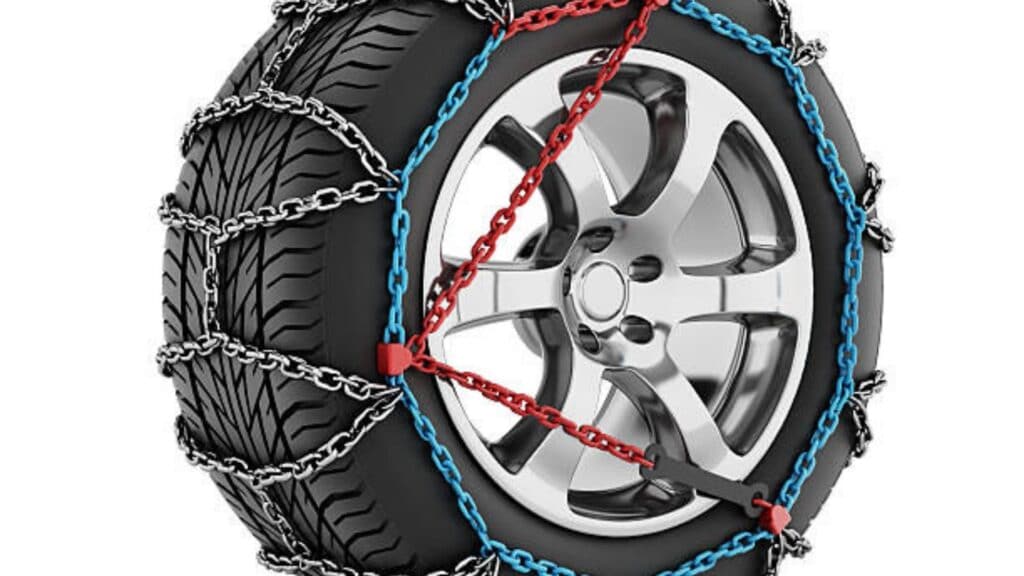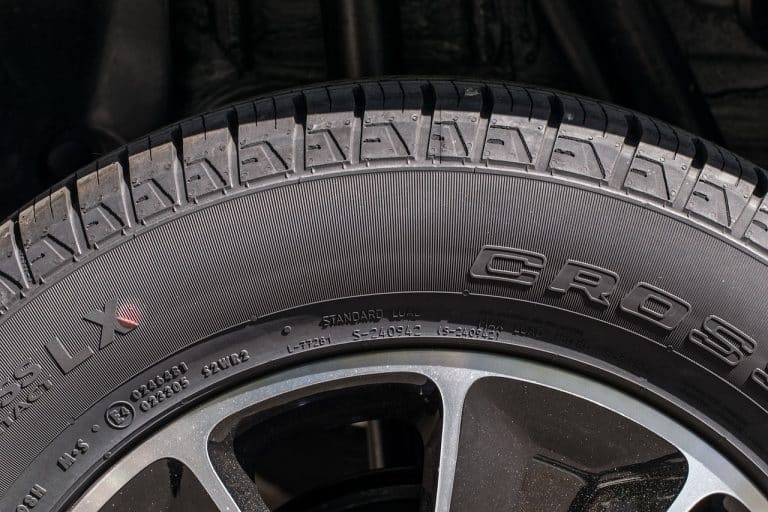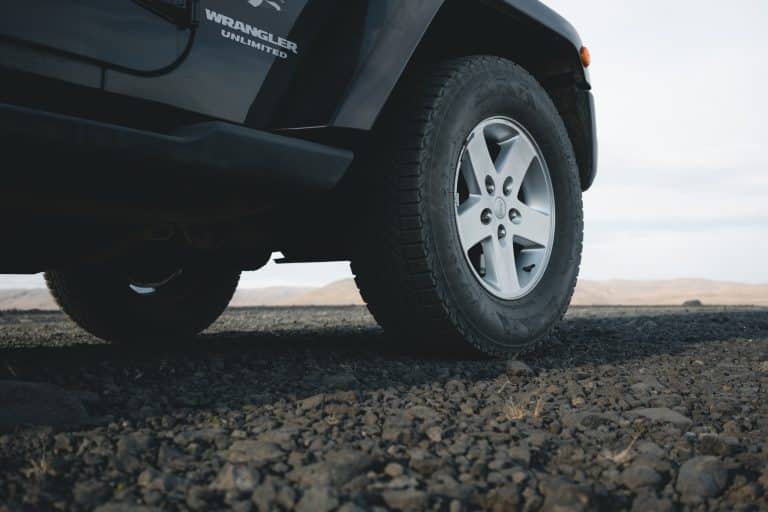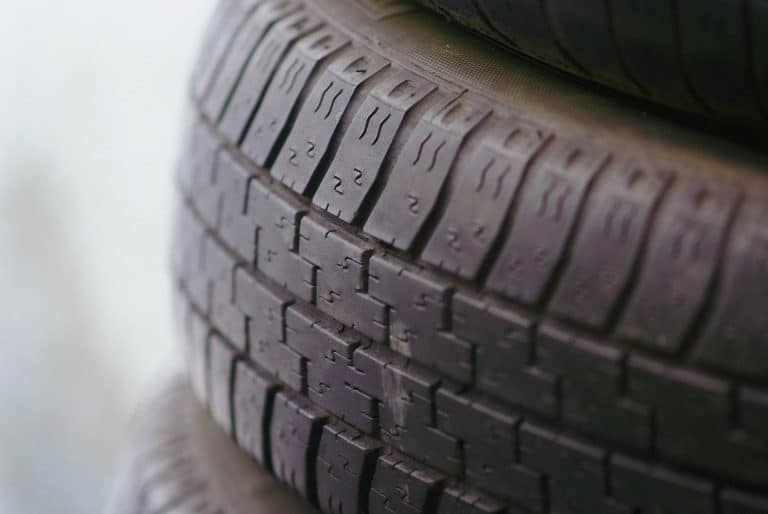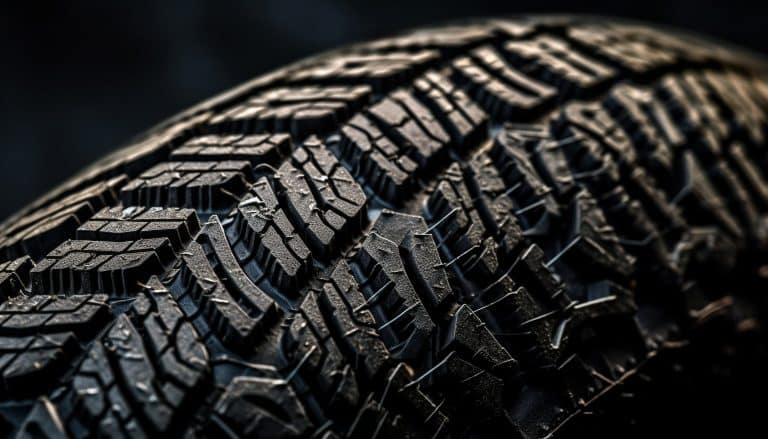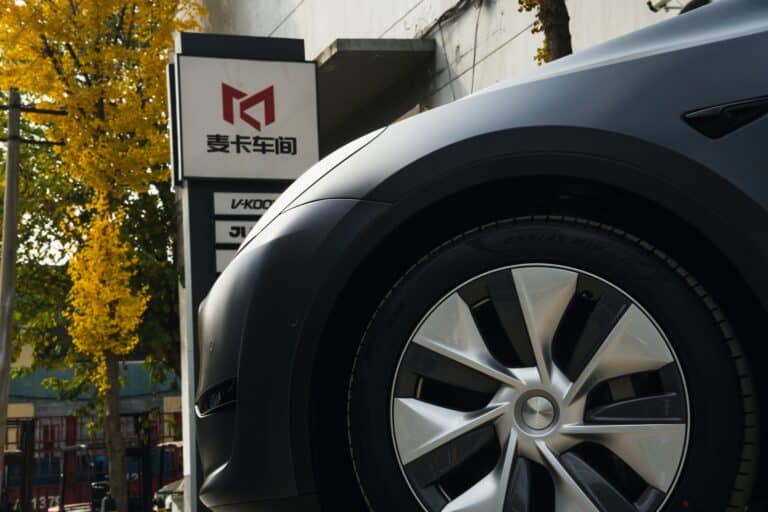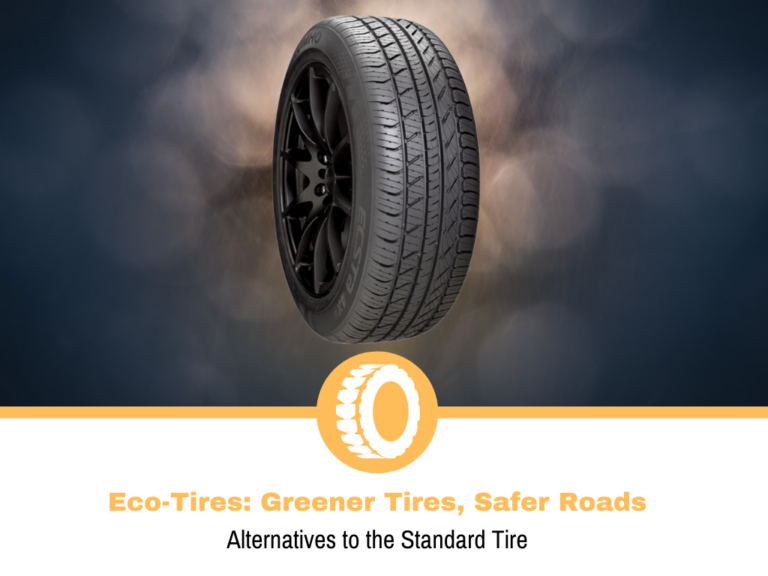Are Tire Chains Legal?
Are tire chains legal? The short answer to the question is YES!
Tire chains are being used in several industries by operators as well as national fleets across the world. Keep reading for more information on the tire chain laws of your area!

Chain laws have been enacted across the country as one of the precautionary measures during squally weather. Such chains provide control over the vehicles that might just slide around ice or snow. Each state has different laws regarding snow chains.
Therefore, you should be aware of the states where using tire chains in the vehicle is allowed. This is especially true in case you are traveling across the Northern States.
Are Tire Chains Legal?
Tire chains are legal. Although the laws related to tire chains can vary from state and country. Keep in mind that there is a lot of misinformation that you can encounter regarding tire chains from time to time. There have been cases where drivers are given permission to move ahead at one side of the road and had been stopped at the end.
Understand that this isn’t a wrong or right circumstance but there is a need for being prepared and informed about driving during winter months and in places with stricter chain control laws.
Drivers with experience can navigate and learn these aspects well, but if you are new to tire chains, you have to be ready with all such situations and information. Here is the detailed information on legal aspects of tire chains in different states:
Alabama
Tire chain usage is permitted over any vehicle that needs safety because of rain, snow, or other bad weather conditions that might cause the vehicle to skid or slide.
Alaska
The rules over tire chains in Alaska can differ as per geographic region and season:
- Tire chains aren’t allowed over paved roads from May 1st to September 15th as on north of 60 in a northern latitude.
- Tire chains aren’t allowed over paved roads from April 15th to September 30th as on south of 60 in a northern latitude.
- The tire chains aren’t permitted on the Sterling Highway from May 1st to 15th September.
- You need to have special permits while running tire chains specifically on prohibited dates. You can get the permit from the Administration Department.
Arizona
Chains are only permitted when necessary because of safety concerns like rain, ice, or snow. You can be granted permission for using studded tires on the Arizona highway from October till April.
Arkansas
Tire chains of reasonable proportion are allowed on any vehicle when needed for safety.
California
Generally, California drivers can use tire chains when needed for preventing sliding and skidding. In winter seasons, motorists can come across traction chain control in some of the mountain regions in California itself. Wherever the chain control has been established, you will see signs alongside the roads with an indication over requirements. There are mainly three requirements needed:
- R1 (Requirement 1): Traction devices, snow tires, or snow chains are imperative for overdrive axles in all vehicles except four-wheel vehicles.
- R1 (Requirement 2): Traction devices or tire chains are needed for all vehicles except all-wheel/four-wheel drive vehicles that have a snow-tread tire on all of the wheels. Four-wheel vehicles do need to carry with them traction devices in areas with chain control.
- R3 (Requirement 3): Traction devices or chains are needed for all vehicles and there are no exceptions.
Colorado
Drivers in Colorado can make use of tire chains when needed for safety. One thing to keep in mind is that these tire chains shouldn’t be damaging to the roads. There are mainly two levels of laws that impact commercial vehicles:
- Level 1: All of the combination single-axle commercial vehicles should chain up. All of the four wheels have to be chained. For commercial vehicles with single-axle cables aren’t allowed as an alternative traction device.
When this level is being followed, all of the further commercial vehicles need to have tire chains or snow tires. This level can be implemented anytime when the snow is covered at any of the traveled parts over pavement on ascending grade.
- Level 2: When level 2 is implemented, all of the commercial vehicles need to use a tire chain. Again cables aren’t allowed for vehicles with single-axle units.
This level can also be implemented at any point when the snow covers the complete pavement area over ascending grade or with the discretion of the supervisor responsible for highway maintenance.
Connecticut
Tire chains can be permitted in hazardous weather or related situations only. But the highway shouldn’t be damaged with it. Tire chains are permitted only from 15th November to 30th April.
Delaware
Tire chains are allowed for safety requirements, but shouldn’t damage roads.
Florida
Tire chains are permitted as long as damage to be caused on highways.
Georgia
Tire chains can be used where there is a need for additional traction.
Hawaii
Tire chains aren’t permitted here.
Idaho
You can use tire chains in Idaho. Also, the department of transportation may need chains whenever their weather conditions seem unsafe over Lookout Pass or Lolo Pass over highway 12 of the state.
Illinois
It is permitted to use tire chains that are of rational proportions on all vehicles. These are allowed for safety reasons during ice, snow, and bad conditions when the probability of vehicle skid is high.
Indiana
Tire chains are allowed and can be used by all kinds of the vehicle during the winter months.
Iowa
You can legally make use of tire chains that are of the right proportions that need safety from ice and snow.
Kansas
Tire chains are legal in Kansas during the season with ice and snow, so that vehicle doesn’t slip.
Kentucky
Nobody is allowed to make use of tire chains on the highway that’s not snow-covered and until the wheel sits on the ice-shoe that’s about 6 inches wide. With this, we mean that you can use tire chains and are permitted for safety causes.
Louisiana
Yes, tire chains can be used in winter weather conditions for safety.
Maine
You can use tire chains for safety needs because of ice, snow, and other conditions that make the road slippery.
Maryland
The law permits the use of tire chains in practical proportion over all kinds of vehicles for making sure they stay safe from the skid.
Massachusetts
It is allowed to use tire chains when needed for protection from slippery situations on the road.
Are Snow Chains Bad for Tires?
As tires dig into the snow, they can also dig into the roads underneath the layer of snow/ice, especially when thin. When that happens, it can also damage your tires.
Are Snow Cables Better than Chains?
Snow cables are lighter and easier to take on/off than snow chains, but snow chains do appear to provide more traction. Snow cables are more often used on 4WD vs. snow chains for 2WD.
Why Should You Use Tire Chains?
Tire chains have been known for being effective on snow and ice both, and also the inexpensiveness and adaptability. They offer particularly great grip where there are deep snow situations and conditions where ice might lead to a slippery disaster.
Tire chains make use of scabrous and uneven tread for biting in the surface through steel chain links that aid the winter tires. Chains are mainly used till the speed is about 35 to 50 Km per hour. Tire chains shouldn’t be used over dry roads as they might cause the tires to slip over the dry pavement.
This also means that the tire chains haven’t been made for regular traction assistance, but as a piece of equipment in emergencies. Specifically to be used in a harrowing atmosphere.
These days, several kinds of tire chains can be found in the market. These range from links, chains, or cables to stud chains. Mostly hardened steel and alloy are used, apart from that rubber, polyurethane, and fabric links are used too.
Do Tire Chains Make Any Difference?
While the Tire chains aren’t always needed, these can get the drivers away from the bad weather conditions where the snow tire isn’t enough. Chains can reach deeper into snow and ice when compared to a winter tire. This provides a stronger grip over slippery surfaces. See them as bulky, huge studs that can give additional benefit as they can be removed from the tires when needed as well.
Final Thoughts
As far as we can see, tire chains are permitted in most of the states of the United States. These are legal to use and can keep you and your vehicle safe from any mishap. Although it is recommended that you go through the official website of the state you are going to and check for the regulations, to be able to make a well-informed decision.
